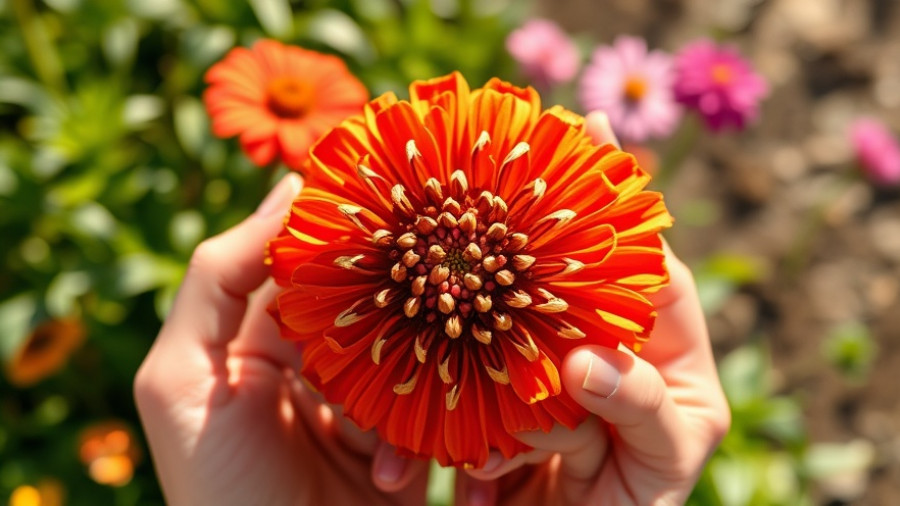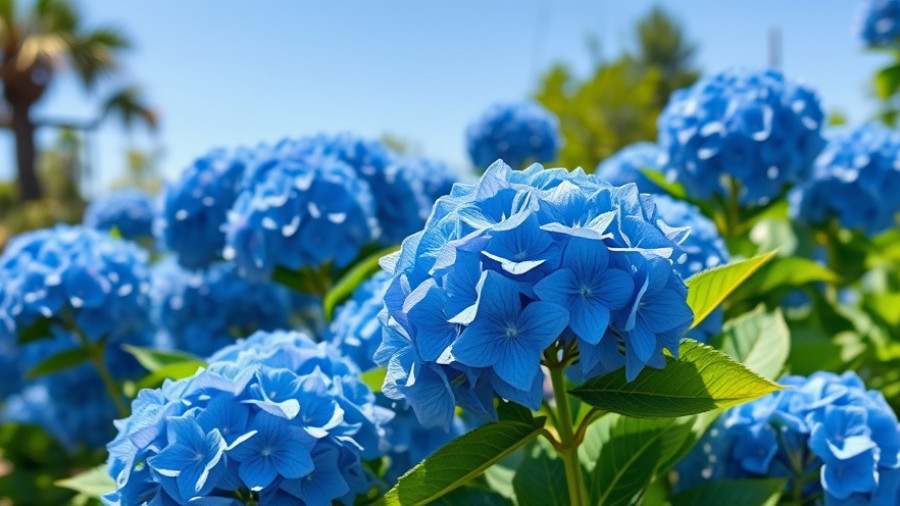
Discover the Secrets for Growing Bigger Garlic Bulbs
Garlic is a versatile addition to any garden and kitchen, and with proper preparation, you can cultivate big, flavorful bulbs. This satisfying cool-weather crop not only adds zest to your favorite dishes but also has its own unique health benefits. By preparing your soil effectively, you can unlock the potential for an abundant harvest come midsummer.
Timing is Everything: Knowing When to Plant
For optimal garlic growth, timing is crucial. Garlic is best planted in the fall, ideally four to six weeks before the first hard freeze in your region. This window enables the garlic plants to establish their roots before dormancy sets in for winter. The winter chill essentially preps garlic for a vigorous sprout when spring arrives. If you're unsure about your local climate, a simple online search can help you determine when to plant.
Soil Preparation: The Foundation of Your Garlic Harvest
The secret to a successful garlic crop lies beneath the soil. Plants flourish in loose, well-draining soil. Before planting, it’s vital to clear your garden area of weeds and debris that compete for nutrients and harbor pests that could threaten your newly planted garlic. Loosening compacted soil to a depth of 8 to 10 inches creates the necessary space for roots to stretch out and establish themselves firmly.
Conducting a Soil Test: Your Nutritional Blueprint
A soil test can provide invaluable insights about the nutrient composition and pH of your garden soil. Garlic requires a balanced blend of nitrogen, phosphorus, and potassium, along with micronutrients like iron and copper for optimum growth. Knowing the specific needs of your soil allows you to tailor your amendments and fertilizers accordingly.
Incorporating Organic Matter for Rich, Fertile Soil
Adding organic matter such as compost or well-rotted manure can significantly improve soil texture and fertility. A rich, loamy environment is the ideal home for garlic. These organic amendments not only introduce nutrients but also improve soil structure, helps with moisture retention, and supports beneficial microorganisms essential for your garlic’s growth.
Watering Strategy: Keeping Your Garlic Happy
Garlic thrives in consistent but not excessive moisture. After you've planted your garlic cloves, ensure they are watered in well. Generally, in cool weather, the soil will remain moist, but as the season progresses and temperatures rise, deeper and less frequent watering will be essential. It's best to stop watering about two weeks before the anticipated harvest. This drying period helps the bulbs mature and enhances their storage capability.
Early Pest and Disease Prevention: A Proactive Approach
Implementing good practices from the start can prevent pests and diseases from jeopardizing your crop. Regular monitoring for signs of pests, such as garlic maggots or aphids, and utilizing barriers like row covers during the vulnerable stages of growth can minimize issues. Additionally, rotating garlic with other crops each season can help manage soil-borne diseases.
Gardening as a Community Connection
Growing your own garlic is not just about enhancing your culinary experience; it also strengthens community bonds. Many gardening enthusiasts share their tips and encourage local events focused on sustainable gardening practices. Engaging in community gardening encourages knowledge exchange and makes gardening a more social activity.
Call to Action: Ready to Cultivate?
As you prepare to plant your garlic, consider how the insights shared here can elevate your gardening experience. Whether you are a seasoned gardener or new to the craft, the right soil preparation can unlock your garden’s potential. Join your local gardening community, attend workshops, or start a garden club to share experiences and learn more tips together!
 Add Row
Add Row  Add
Add 




Write A Comment